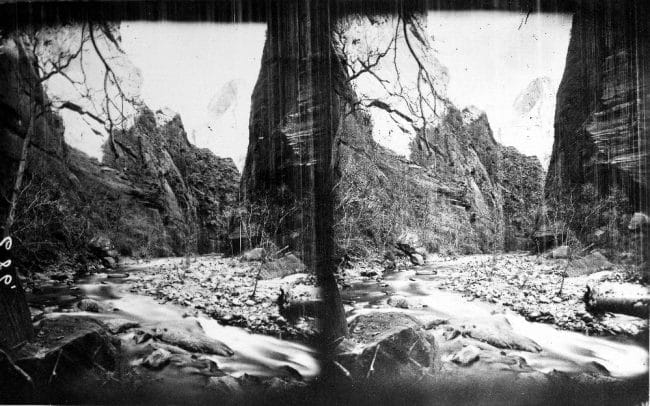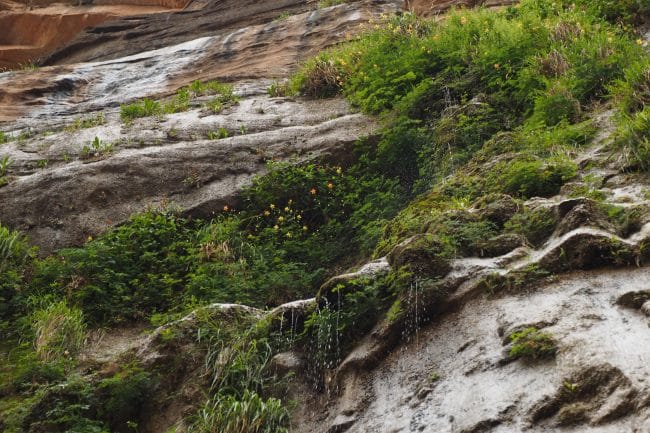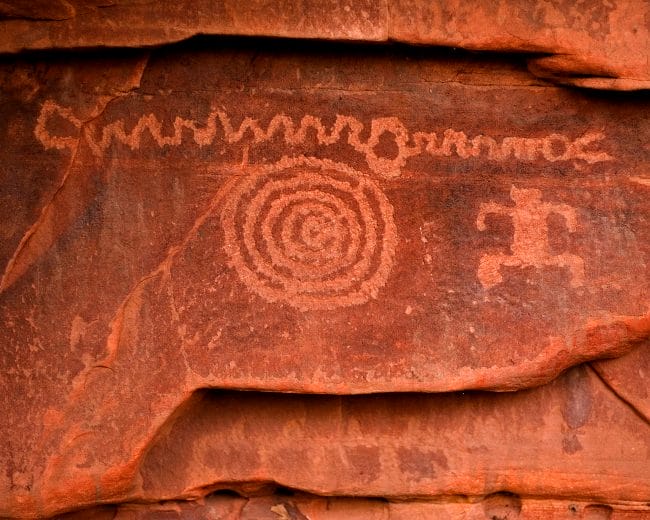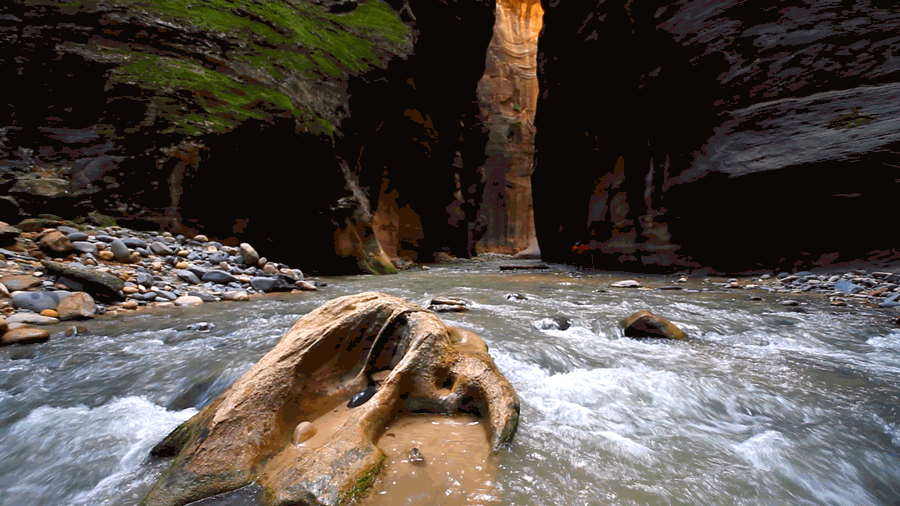
Five Interesting Facts about the Zion Narrows
Five Interesting Facts about the Zion Narrows
National park fans are celebrating some good news out of southern Utah: we completed a years-long effort to ensure public access to the Narrows Trail into Zion National Park. In a deal with a local landowner, we closed the last gap in protected land along a famed 16-mile route through one of the most spectacular canyons in the desert southwest.
From soaring sandstone cliffs to lonesome desert plateaus to clear-flowing rivers, there are countless reasons to visit Zion National Park. Here are five cool facts about the recently protected Zion Narrows.
The Narrows is a section of Zion Canyon, which is carved by the North Fork of the Virgin River.
President Howard Taft first protected Zion Canyon in 1909, using the Antiquities Act to establish Mukuntuweap National Monument. In 1919, Congress “upgraded” the monument and created Zion National Park. This year, we’re celebrating Zion’s 100th anniversary as a national park.
 These 1870s-era photographs at the head of the Zion Narrows record the canyon in a time before the National Park Service even existed.Photo credit: Jon Karl Hillers, courtesy United States Geological Survey
These 1870s-era photographs at the head of the Zion Narrows record the canyon in a time before the National Park Service even existed.Photo credit: Jon Karl Hillers, courtesy United States Geological Survey
Zion Canyon’s narrowest sections are just 20 to 30 feet across, and it’s 2,640 feet at its deepest point.
Visitors can hike up the lower reaches of the canyon as a day trip, or descend from the top of the canyon on a challenging 16-mile wilderness route. Either way, hikers should be prepared for a truly immersive experience: in many places, the canyon is so narrow that there’s nowhere to hike but in the river itself.
 Visitors to Zion National Park can take a day hike up from the bottom of the Narrows, or score a coveted permit to complete the hike from the top down. The latter is a 16-mile trek that’s as grueling as it is unforgettable.Photo credit: ParkerWalbeck on Pond5
Visitors to Zion National Park can take a day hike up from the bottom of the Narrows, or score a coveted permit to complete the hike from the top down. The latter is a 16-mile trek that’s as grueling as it is unforgettable.Photo credit: ParkerWalbeck on Pond5
The Virgin River flows all year long, making Zion Canyon an oasis of biodiversity in the harsh desert of southern Utah.
Above the river, “hanging gardens” grow from seeps and springs in the canyon walls. These lush, colorful clumps of ferns and wildflowers are home to the Zion snail, a species found nowhere else on Earth.
 Photo credit: Flickr user KrisNM
Photo credit: Flickr user KrisNM
Humans have lived in and around Zion Canyon since at least 7,000 BCE.
In and around Zion National Park, archaeologists have identified evidence from the Archaic culture (7,000 BCE to 300 BCE), from Ancestral Puebloan and Fremont cultures (300 BCE to AD 1225), and from Southern Paiute culture (AD 1250 to present).
 A rock wall near the highway on the way into Zion Canyon contains hundreds of petroglyphs. Photo credit: Flickr user Kevin Bond
A rock wall near the highway on the way into Zion Canyon contains hundreds of petroglyphs. Photo credit: Flickr user Kevin Bond
The Virgin River has been carving Zion Canyon for 18 million years—a process that continues to this day.
Today, visitors to the Zion Narrows must be alert to the possibility of flash flooding, when snowmelt or rain from a sudden downpour funnels through the canyon. These powerful forces have shaped the landscape that we know and love today.
 The cliffs and canyons of Zion National Park are the result of eons of storms, floods, and the steady drip of water wearing its way through desert rock.Photo credit: MediaFuzeBox on Pond5
The cliffs and canyons of Zion National Park are the result of eons of storms, floods, and the steady drip of water wearing its way through desert rock.Photo credit: MediaFuzeBox on Pond5
Thanks to all our supporters who’ve helped us make sure the Zion Narrows, and all of Zion National Park, will stay protected from development and open to everyone to explore, forever.
The Active Transportation Infrastructure Investment Program (ATTIIP) is a vital initiative that helps expand trails connecting people to nature and their broader neighborhoods. Despite this importance, Congress allocated $0 for ATTIIP in this year’s appropriations process. We cannot delay investments in safe, active transportation systems. Urge Congress to fully fund the ATTIIP!


Donate to become a member, and you’ll receive a subscription to Land&People magazine, our biannual publication featuring exclusive, inspiring stories about our work connecting everyone to the outdoors.
See how our supporters are helping us connect people to the outdoors across the country.

